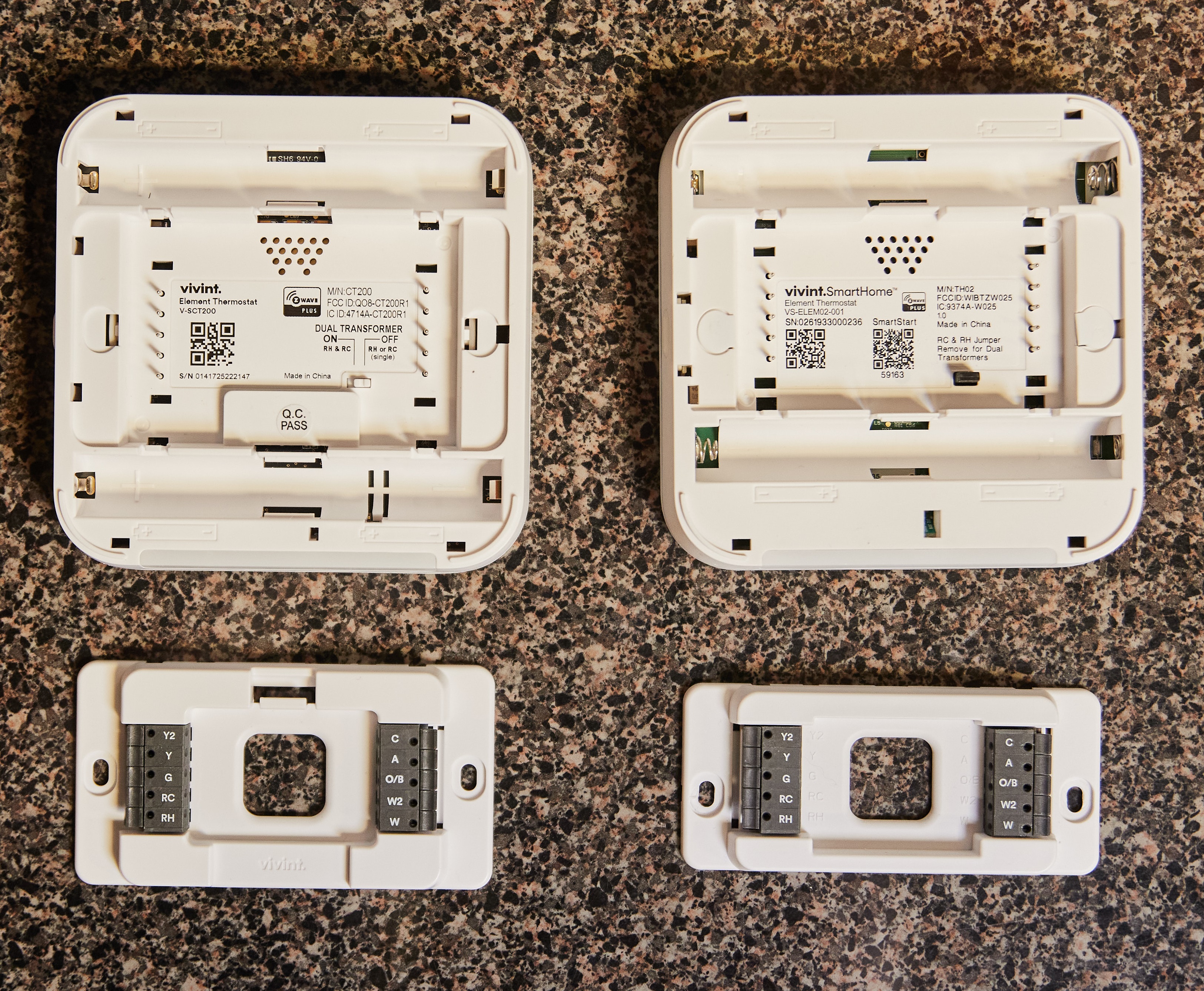Effortless Comfort: Installing a New Thermostat

Effortless Comfort: Installing a New Thermostat
Upgrading to a new thermostat not only enhances your home’s energy efficiency but also provides you with greater control over your indoor climate. Follow this comprehensive guide to seamlessly install a new thermostat and elevate your comfort.
**1. Choose the Right Thermostat:
Before diving into the installation process, select a thermostat that suits your needs. Whether you opt for a programmable, smart, or basic model, ensure compatibility with your heating and cooling system. This initial step sets the foundation for a successful installation.
2. Turn Off Power:
Safety is paramount when dealing with electrical components. Begin by turning off the power to your heating and cooling system at the circuit breaker. This precautionary measure ensures a safe environment for the installation process.
3. Remove the Old Thermostat:
Carefully remove the cover of your existing thermostat to expose the wiring. Take note of the wire
Replacing Your Thermostat: Easy Steps for Home Comfort

Introduction: The Key to Home Comfort
Your thermostat plays a crucial role in regulating your home’s temperature, ensuring comfort for you and your family. If you’re considering replacing your thermostat, here’s a guide to help you through the process seamlessly.
Assessment and Compatibility: Know Your System
Before diving into thermostat replacement, assess your heating and cooling system. Different systems require compatible thermostats. Check your current thermostat’s compatibility with your HVAC system and ensure the new one you choose is a suitable match.
Choosing the Right Thermostat: Options Galore
Thermostats come in various types, including manual, programmable, and smart thermostats. Manual ones are straightforward, while programmable and smart thermostats offer more advanced features. Select a thermostat that aligns with your preferences and lifestyle, considering factors like energy efficiency and remote access.
Safety First: Turn Off Power
Before you begin the replacement process, ensure your safety by turning off the power to
